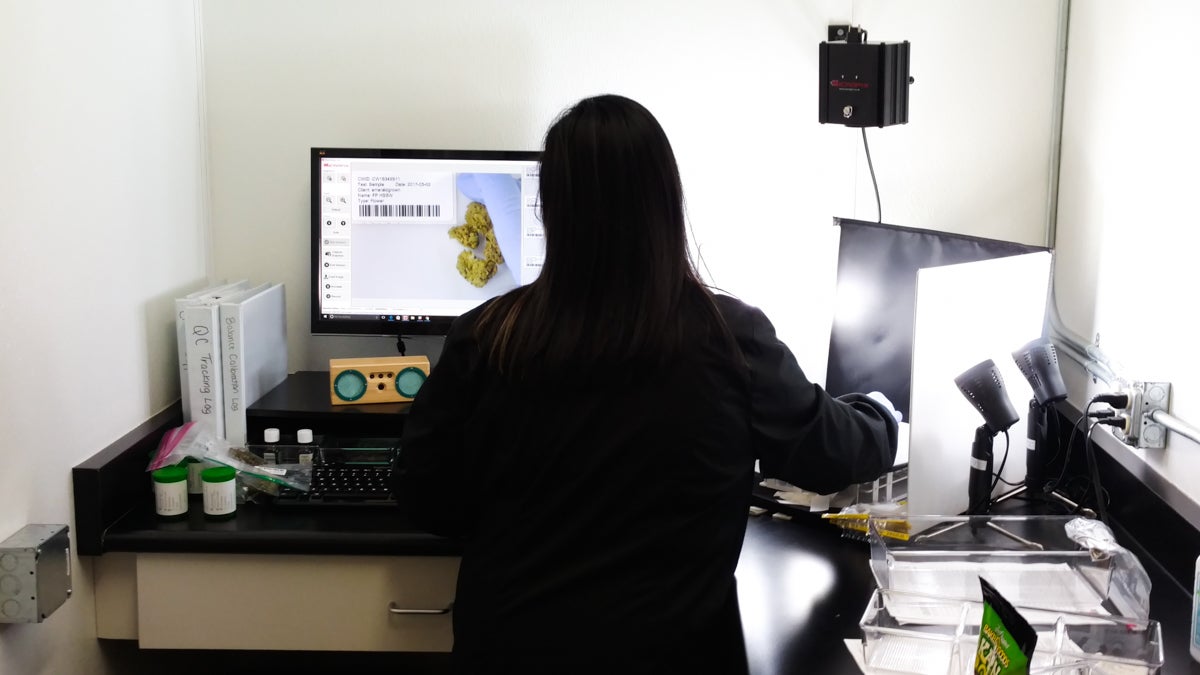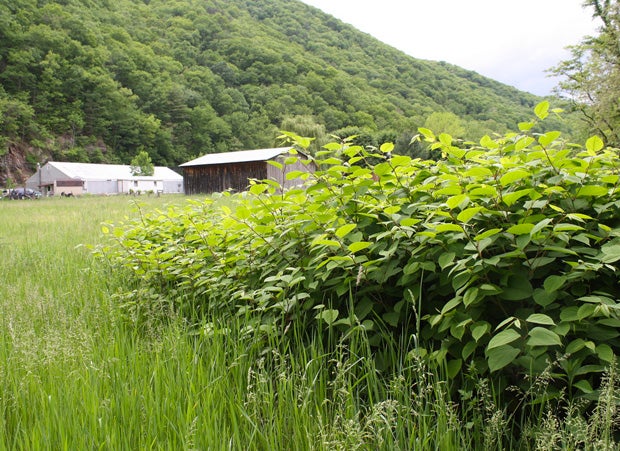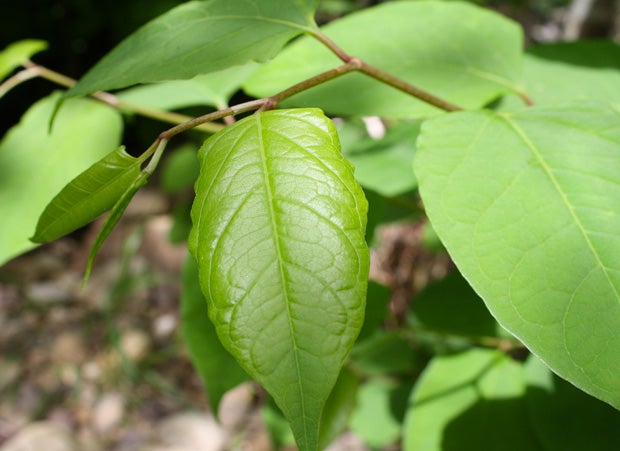What’s in the pot in your pot brownie?
Listen
t CW Analytical labs, an employee photographs marijuana samples which will be tested for potency and contaminants. (Andrew Stelzer/for WHYY)
After years of DIY trial and error, marijuana breeders are using science to validate the potency and purity of their cannabis.
In 2009, three years out of college, Mitchell Stern quit his job as a journalist in Washington, D.C., and moved to California, hoping to join the green rush — the exploding medical marijuana industry.
He’d never grown weed before and calls his first attempts “unsuccessful.”
Stern searched for information on how to grow good, powerful cannabis, he even poured through old college textbooks. But his product couldn’t compete with plants from growers who had years of experience.
Stern’s real education began when he got a job as a security guard at a marijuana shop that sold small starter plants.
“Every morning the growers would be sitting there, waiting for their turn in line,” Stern said. “And each of them would be talking to the other about ‘Oh, I’m trying this light. I’m trying these nutrients. I just figured out this, you know, new technique or whatever.’ So I would sit there every morning and listen and take it all in.”
This is how marijuana knowledge has been passed on for generations: in whispered tips and secrets between trusted circles of peers. With that word-of-mouth information, Stern slowly built his own cannabis company, Burning Bush Nurseries.
Today, his seeds and starter plants are so good that you can find his brand on the shelves of one of the largest medical marijuana dispensaries in the world, the legendary Harborside Health Center in Oakland, California.

Customers shop for cannabis products at Harborside Health Center in Oakland, CA. Along with its sister store in San Jose, Harborside brought in more than $40 million of revenue in 2016. (Andrew Stelzer/for WHYY)
Stern says the industry has changed — lots of operations are less do-it-yourself than they used to be.
Today, as hundreds of thousands of patients across the country cue up to cure all sorts of ills, it’s more important to know exactly what’s in each dose of cannabis. It’s no longer just stoners looking to get the best high. In an increasing number of states where marijuana is legal, growers and sellers are required to find out exactly what’s in the product they are growing and selling.
“Now that cannabis is becoming more socially acceptable and people are using it more and more, people want to know that their medicine is safe,” Stern said.
Just about everything sold at Harborside — from hash to cookies to gummi candy — is now labeled with information about what’s inside.
A strain for every pain
Stephen DeAngelo, the founder of Harborside, says his two medical marijuana dispensaries grossed over $40 million last year. They sell some 60 different types of cannabis and extracts, with names like Blue Dream, Ghost OG, and False Teeth.
DeAngelo says it’s pretty important to choose the right “strain.”
“The kind of cannabis that’s good for post-traumatic stress disorder, for example, you wouldn’t want to use on children with epilepsy, because what you want to do is quell their seizures, not have them lose their memory,” DeAngelo said.
Parents and patients want to know what’s in the cannabis they are buying, and science labs are helping to fill that demand for more information — and the need to list something on product labels.

Steve DeAngelo, founder and CEO of Harborside Health Center in Oakland and San Jose, CA. (Andrew Stelzer/for WHYY)
CW Analytical is one such lab. It looks like a typical science lab, filled with vials and beeping machines — except everyone has on black lab coats, instead of white. It’s based inside an unmarked warehouse in east Oakland.
“The sonicator helps us break down and extract the cannabinoids,” said Chemist Terry Deng as he prepared a sample of cannabis for potency testing. “There’s ultrasonic waves that are being pushed through the water, and it helps just kind of break down the sample into smaller particles.”
To find out how strong a strain of marijuana is, the lab tests for two main things: cannabinoids and terpenes. Cannabinoids are compounds that affect the body’s chemistry and the mind. The most well known cannabinoid is THC — that’s the one gets you “high,” so to speak. Terpenes are oils in marijuana; they change both the smell and taste of the drug.
For $200, professional growers can get a potency analysis done on their cannabis, and test for impurities, like pesticides, molds, and bacteria.
Emily Richardson, CW’s vice president of business development, says testing cannabis this way has only been done for the past few years. It used to be just law enforcement agencies testing THC levels for criminal cases.
“Now, we’re approaching it from a quality assurance standpoint, and a consumer safety standpoint,” she said.
Science testing
CW does provide data on potency. But then it’s the growers and dispensaries that use it to market their products. At the dispensary counter, patients get advice on what strain might be more appropriate for pain relief versus insomnia.
There’s not a lot of validated science on that health advice, but million-dollar labs have given the industry information on the chemical makeup of their cannabis.
Before that — how did you know what was in that pipe, or batch of pot brownies?
“The only testing methods we had was to smoke a joint: Which one was going to be more potent?” said Stephen DeAngelo, who’s been in the marijuana business for more than 40 years.
DeAngelo says some commonly held beliefs and urban legends have been confirmed by rigorous science, but other assumptions have turned out not to be true. For example, the so-called purple strains such as Purple Urkle, Granddaddy Purple, and Purple Kush, were thought to be incredibly potent, but it turns out, they are relatively low in THC content.
“It was really challenging in the beginning for these do-it-yourself breeders to really identify what was happening with these different strains, to understand the different effects they had, because they had no way of analyzing the constituent parts of the plant,” DeAngelo said.
So far these modern science labs only test for quality. It will be up to clinical researchers and big universities to definitively determine which strains help with different health conditions like Alzheimer’s or multiple sclerosis.
WHYY is your source for fact-based, in-depth journalism and information. As a nonprofit organization, we rely on financial support from readers like you. Please give today.



